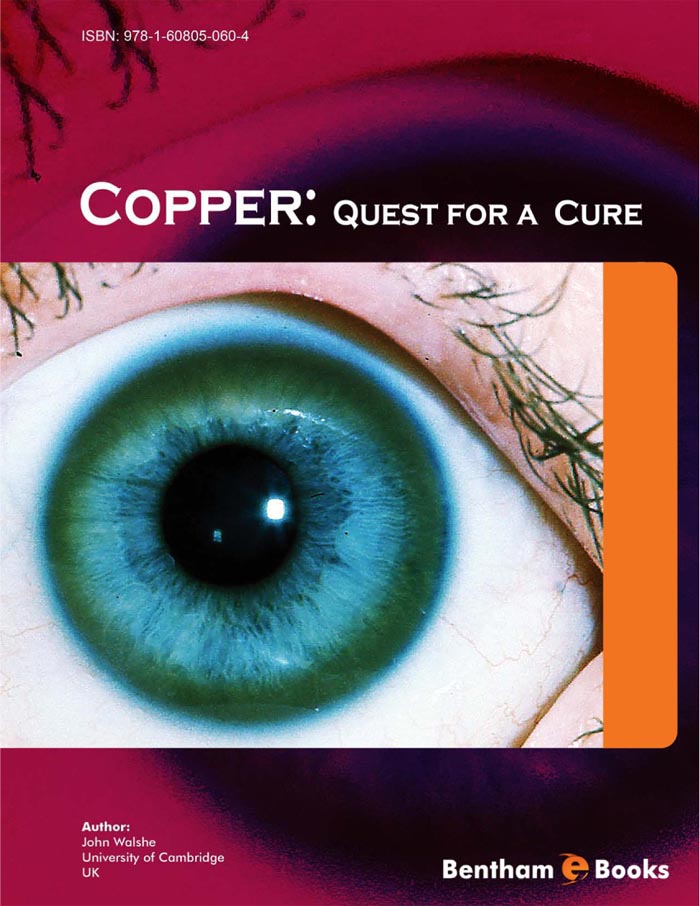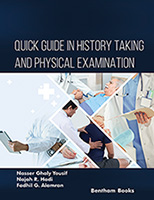I have a tale to tell. Tell me your tale oh.
Gilbert and Sullivan, Yeoman of the Guard.
This is the story of how medical research was carried out in the second half of the last century. It has never been my habit to keep a diary, except during a couple of years when, as a regimental medical officer in the Middle East theatre, I helped to support a tottering Empire. So I have had to rely on my memory and for any lapses there of, I apologise. When in doubt I have referred back to my list of publications and this has helped to keep things in chronological order. This type of research, which I have here described, is unlikely to be repeated. Now is the era of the big battalions, the big projects and the big budgets. In the spring of 1955 I was working as a postgraduate student in the USA when I saw a patient dying of a rare and invariably fatal disease. I had an idea which I thought, on theoretical grounds, should result in a cure. This is the story of how I spent the next ten years in proving my hypothesis and the subsequent forty years seeking additional treatments and establishing an international centre for the treatment of patients with this condition and in elucidating a better understanding of the mechanisms of the disease. When this project was started there were no ethical committees to monitor and restrict the exploitation of new ideas. The atmosphere surrounding medicine was not litigious and research was encouraged and esteemed. This state of affairs, unhappily, no longer exists in this country. I have little doubt that what I did 50 years ago would not be possible today. Some may think this book is nothing more than a shameless ego trip. I suppose to some extent it is but I would like to think it is more. It is a call to a better understanding of how research is carried out and what rewards, to patient care, it can bring, even when carried out as a one man band, if it is pursued with integrity and determination. In 1982 Dr F.E.Karch edited and published a book, to which I contributed, called ‘Orphan Drugs’. In this seven authors described their varying successes in finding, in the words of a review in ‘ The Lancet,’ ‘Homes for their orphans…..The tales are sagas of frustration; the repeated banging of heads against the brick walls of drug safety regulation, patent law technicalities, health insurance regulations, government buck passing and, above all, stark commercial reality. Fortunately most of the stories had happy endings, but only because of the quite extraordinary tenacity of these men.’ I leave it to the reader to judge the success, or otherwise, of my efforts and to decide if they were a reasonable reward for a lifetime’s work.
To have achieved what success that I did I owe thanks to many individuals. First to my father who introduced me to the discipline of medicine and the art of criticism of which he was the peerless master: to Professor Charles Dent who introduced me to the mysteries of metabolic disease and helped with my initial faltering steps in this branch of medicine: to Roland Westall who taught me the basics of ion exchange chromatography: to Dr. Charles Davidson who obtained for me the first two grams of penicillamine which made this whole venture possible: to Dr Hal Dixon who suggested the use of triethylenetetramine as a medical chelating agent and who gave invaluable help in its purification for clinical use: to Stuart Laurie, of the de Montfort University, who provided me with ammonium tetrathiomolybdate of high purity for more than ten years at minimum cost and no gain to himself: to Joy Briggs who helped me set up my laboratory methods in Cambridge: to Kay Gibbs who gave unstinting help for nigh on 30 years in setting up and carrying out many of the laboratory tests used in this study and who got to know all my patients and who knew more about Wilson disease than most doctors: to Dr Gerald Stern who invited me to restart my clinic at University College Hospital in London, on my official retirement in 1987; to Professor Andrew Lees who encouraged me to continue the work at the Middlesex Hospital, London iii and to Dr Godfrey Gillett who took over the care of my patients on my final retirement in the year 2000. I also owe thanks to Rupert Purchase who devised a method of producing purified trientine on a commercial scale and has given valuable advice on the text and help with the stereochemistry of penicillamine. Thanks are also due to all my patients who unfailingly came for the follow up appointments over many years and who willingly put up with the many investigations, most of which must have seen complex and puzzling, though I hope not too painful, with out a murmur of complaint. Of these I must mention particularly Caroline who set up the Wilson’s Disease Support Group and Valerie and Linda who later took over its running. But thanks most of all are due to Ann my wife who put up, uncomplainingly, with my long hours in the laboratory and clinic and my occasional absence at conferences for many years while left with the care of the home and, in the early years, my two daughters. Without her unfailing love and support I could not possibly have carried this project to what I believe came to a successful conclusion.
I hope that the following chapters will make clear some of the difficulties in following a career in clinical research during the second half of the last century. They are much greater today with the problems of Ethical Committees, Government targets, funding problems, the fear of litigation and the danger of falling off the over structured ladder of promotion which has become such a feature of the medical profession at the present time. Research is not a feather bedded occupation for those in ivory towers. It is a hard slog with an uncertain outcome; even the best ideas may come to nought. In my own experience I found that even those which seemed sound theoretically, could prove disappointing. But it is an exciting intellectual challenge and I, for one, would not have wished to have followed a different career.
John Walshe,
University of Cambridge
UK





